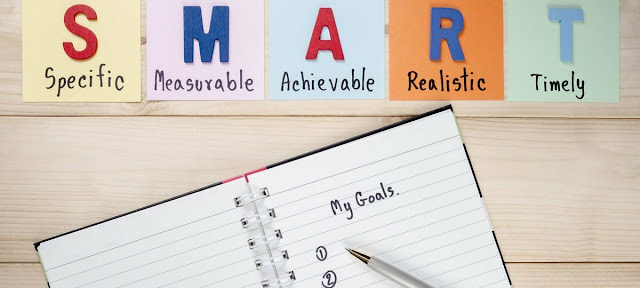5 Ways to Spark Imagination in the Classroom Using Writing Prompts
“Little did the Mitchell family know that their furry family members had other plans. They were coming on holidays too! Milly and Molly liked the thought of lying in the sun by a pool every day – it sounded a lot more exciting than the cattery. They couldn’t wait to see if Hawaii had catnip cocktails and rooms full of scratching poles.”
Writing Prompts
Writing prompts are a great way to engage students with writing and encourage creativity. They provide students with choices and the opportunity to draw on ideas from known stories and personal experiences.
Effective writing prompts create situations that interest students and provide them with some direction for their writing. Selecting prompts that are consistent with the interests and life experiences of the students in your class will assist them in achieving their writing goals.
Writing prompts can be used for independent writing, guided writing, quick writes, partner writing, homework tasks and daily warm-ups. They can also be used to help identify different text types, genres and purposes for writing.
When using writing prompts in the classroom, start by modelling how to use the prompt by brainstorming ideas and planning a piece of text. Jointly construct a text with the students before carrying out independent writing tasks. Encourage students to gather their ideas and plan their piece of text before writing.
Five ways to spark imagination in the classroom using writing prompts include the use of stimulating photographs, sentence starters, videos, story generators and story boxes.
1. Photographs
Photographs can be fantastic writing prompts. Search the internet for a range of writing prompt photos, or simply choose an interesting photograph from a magazine or newspaper. Display the photograph on the board or print off a smaller copy for students to glue into their books.
Photographs encourage students to think about who or what is in the photo, when and where the photo was taken, what happened before the photo was taken and what might have happened after the photo was taken. Students will use their imaginations to write a range of interesting stories. Alternatively, use the photo as the lead for a newspaper article or topical debate. For choice, provide students with a variety of photographs with the same theme.
Fortunately, we have created an easy to use Visual Writing Prompts widget that allows your students to select a photo at random.
2. Sentence Starters
Sentence starters are a great resource for setting the scene for an imaginative piece of text. They encourage students to think about the main character, the complication and the resolution of a story. Sentence starters provide students with the responsibility of continuing or finishing a story in an interesting way.
Using sentence starters as a writing prompt can be as simple as providing students with a copy of the first sentence of a piece of text. For variety, you can read the start of an unknown text to the students and ask them to write about what they think might happen next.
3. Videos
Videos are another great source of writing prompts to engage students with their writing. Select an appropriate video snippet from a movie, television show, documentary, news story, YouTube clip or music video. Play the short section of video to your class and then discuss with your students the topics and events that they viewed in the video. Use the video as a stimulus for writing a range of imaginative, informative and persuasive text types for a variety of current topics.
Students may also like to use their written texts to create their own videos. Encourage them to demonstrate what might have happened before or after the video they viewed, or to create their own version of the snippet shown.
4. Story Generators
Story generators are fun writing prompts to use with your class when writing imaginative texts. Use a range of electronic generators, posters and story board games to select a genre, character, setting and complication. Encourage students to use the selected elements from the generator, along with their imagination, to create an interesting story.
As a class, create your own story generator using people and places of interest to the students in your class. By helping to create their own story generator, students will be more engaged with their writing and show a greater interest.
Check out our Random Sentence Starter generator. Along with the story starter text, the generator has gorgeous visuals to inspire your students. You can even add in your own custom story starters to the generator.
5. Story Boxes
Story boxes are another fun way to prompt students with their writing. Collect a range of items including pictures, toys and games on a particular topic that will interest the students. Prior to writing activities, place the items in a decorative box and make it accessible for students to explore. By handling the items in the box, students will be encouraged to use their imagination to write an interesting piece of text.
Alternatively, allow students to bring in items from home to make their own story boxes to use in the classroom as a writing prompt.I hope that these ideas will help you to get creative with writing and engage your students in the writing process. Do you have any other creative ways to kick-start your students’ writing? Share them in the comments below!



Comments
Post a Comment